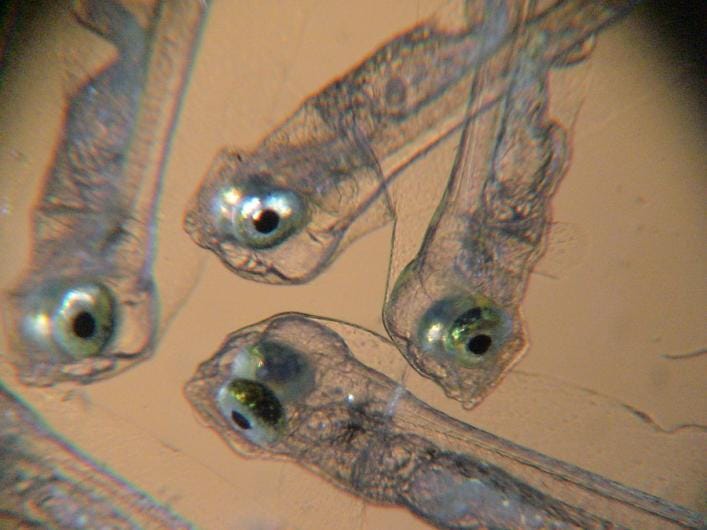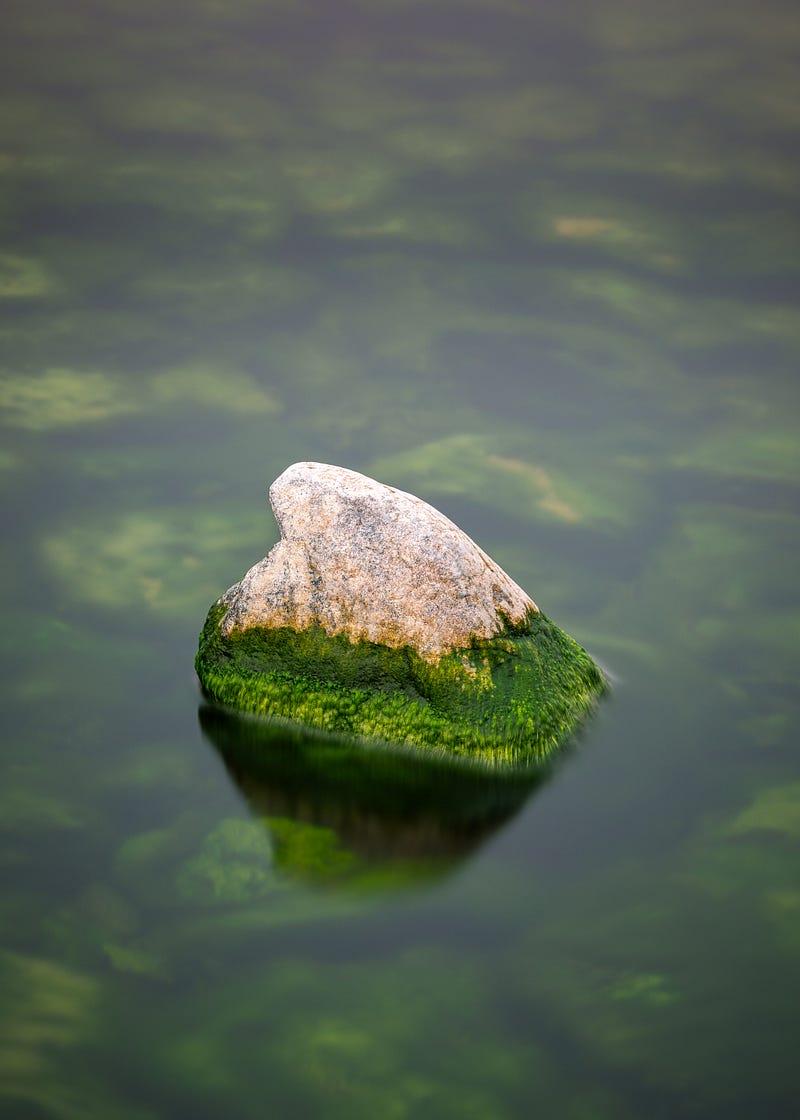The Fascinating Transformation of Flounders from Fry to Flatfish
Written on
Chapter 1: Introduction to Flounders
Flounders are a remarkable example of evolutionary adaptation, presenting an unusual shape that seems like a regular fish was flattened by a heavy roller. These creatures have both eyes perched on their flattened heads, fins protruding on either side, and a uniquely twisted mouth. As demersal fish, they reside on the ocean floor, allowing them to camouflage effectively. This positioning, combined with their eye placement, enhances their ability to detect predators.
As flounders grow from tiny fry into mature adults, they undergo a series of bizarre transformations that make the changes of adolescence seem quite mundane. Initially, a juvenile flounder resembles any typical fish, swimming upright with one eye on each side of its head.

However, as they develop, their swimming orientation shifts to a sideways motion. During this metamorphosis, one side darkens while the other remains light, forming the characteristic appearance of adult flounders. Intriguingly, one of their eyes migrates around the head to join its counterpart, as if drawn by an unseen force!
Chapter 2: The Mechanics of Eye Migration
Like many species, flounders experience a significant metamorphosis as they progress from larvae to adults. This transformation can be likened to the change seen in caterpillars turning into butterflies or tadpoles into frogs.
As flounders mature, muscle and tissue develop beneath one eye, pushing it across the skull. Depending on the species, this eye migration can occur either to the left or right side. Once both eyes are aligned, additional bone develops beneath the migrated eye, elevating it for a broader field of vision, crucial for spotting both prey and threats.
Despite these significant changes, certain features, such as the mouth, retain their original orientation, resulting in a sideways appearance. This shift to adulthood occurs shortly after birth, which means even juvenile flounders display this eye configuration early in their growth.
The first video, Flounder (Flatfish) Facts: the ONE-SIDED FISH, provides a deeper look into the unique characteristics of flatfish, exploring their anatomy and evolutionary adaptations.
Section 2.1: Dietary Shifts During Growth
As flounders transition from larvae to adults, their diet also undergoes a transformation. Initially, as free-swimming larvae, they consume algae and plankton. In contrast, adult flounders evolve into predatory fish, feeding on other fish, crabs, clams, and octopuses. This change necessitates an adaptation in their digestive systems to accommodate their new carnivorous diet.

Flatfish, including flounders, are notably prevalent in the North Sea, where they make up a significant portion of the fish biomass. Despite challenges such as overfishing and pollution, flatfish populations are not currently classified as endangered, making species like flounder, halibut, and sole sustainable seafood choices.
The second video, Flounder | With The Wild Things feat. Dr. Jerry Jackson, delves into the ecological importance of flounders, highlighting their role in marine ecosystems and conservation efforts.
In conclusion, flounders are fascinating creatures that begin their lives resembling typical fish but undergo remarkable transformations as they mature. These changes, including eye migration and dietary shifts, allow them to thrive in their oceanic habitats. And let's not forget, they are also a delicious addition to our plates when pan-fried with a splash of vinegar!